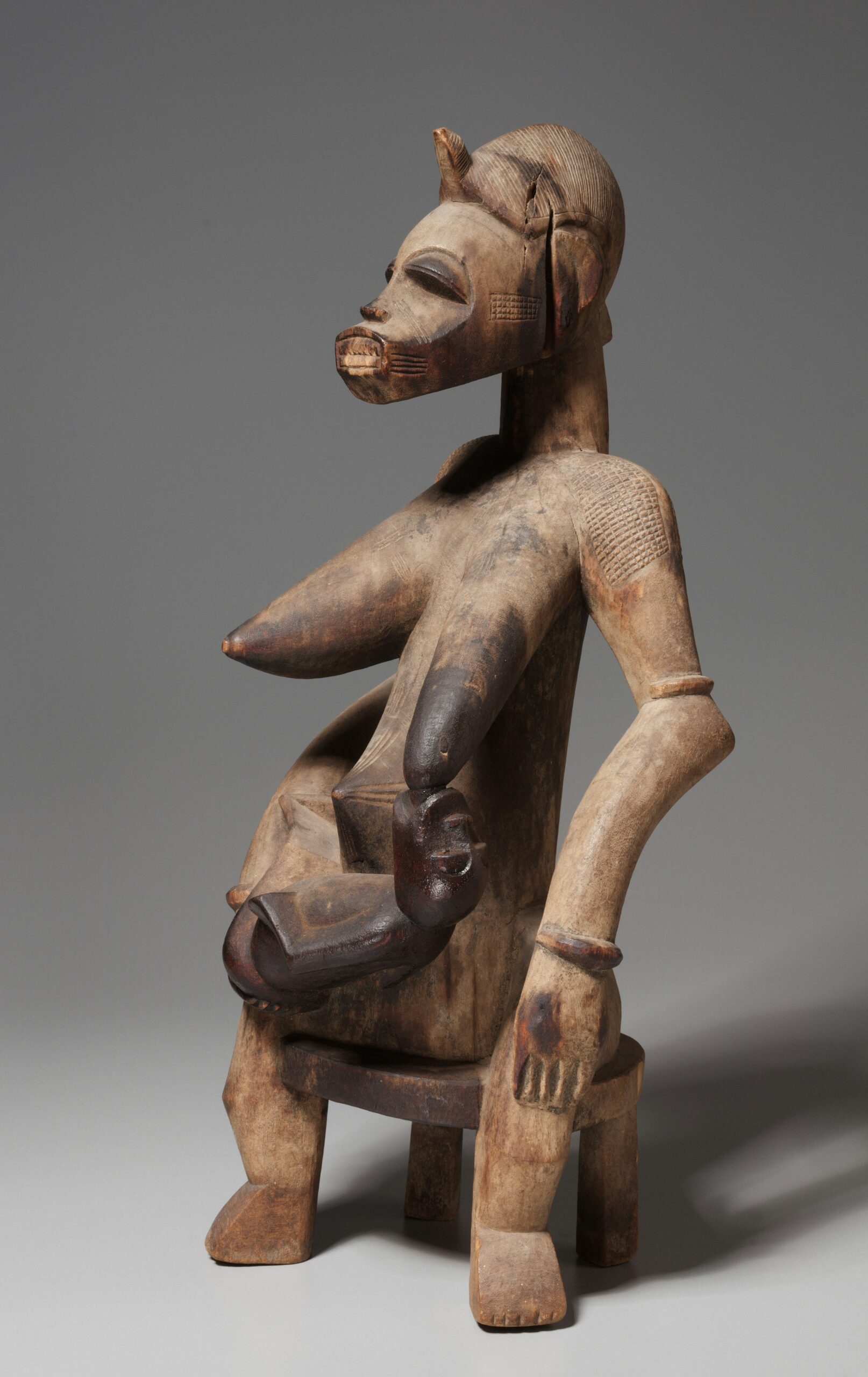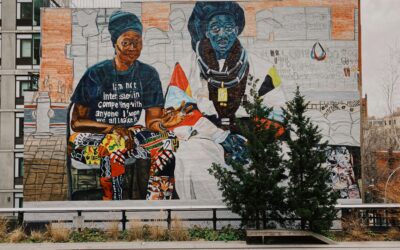Introduction
African tribal sculpture pulses with life—not only through the chisel marks left by the artist, but through the spiritual energy each figure is believed to embody. In many African cultures, sculpture is not meant to be observed passively; it is a living presence, a link to ancestors, spirits, and community. This article explores the profound symbolism behind African tribal sculptures and how these works transcend aesthetics to become vessels of cultural identity and sacred meaning.
Sculpture as Spiritual Conduit
Unlike many Western traditions that emphasize realism or representation, African tribal sculpture often emphasizes essence over likeness. A figure may appear abstract or exaggerated, but each proportion holds meaning. Large heads often represent wisdom or spiritual awareness, as the head is seen as the seat of destiny. Elongated limbs or symbolic markings indicate supernatural qualities or social roles.
These sculptures are often used in rituals and ceremonies: births, funerals, rites of passage, or agricultural blessings. They are not merely artistic objects but spiritual tools—imbued with power through consecration by shamans, priests, or elders.
Symbols of Power, Fertility, and Protection
Across Africa, different tribes carve figures that carry deeply symbolic meanings:
The Baule people of Côte d’Ivoire sculpt spirit spouses—idealized male or female figures believed to represent a person’s spiritual partner in the otherworld. These figures are kept privately and consulted for guidance and balance in life.
The Yoruba of Nigeria carve twin statues (Ere Ibeji) to honor deceased twins, believing that even in death, the spiritual presence of the twin remains and requires care to bring blessing to the family.
The Dogon people of Mali create complex wooden figures often representing ancestors or mythological beings. These are used in elaborate funerary rituals and storytelling traditions, linking the past with the present.
In each case, the sculpture is not a symbol in isolation—it is part of an active relationship between the human and the unseen.
Materials and Sacred Process
The choice of material—usually wood, bronze, ivory, or clay—is not arbitrary. Wood, often considered a “living” material, is selected with ritual care. Sculptors may ask permission from the spirit of the tree before cutting it. Some figures are intentionally unfinished, signifying the mystery of the spiritual world and the humility of the human hand.
Pigments, beads, feathers, or metal adornments are applied not just for decoration, but for symbolic empowerment. Red might symbolize life or protection; white, purity or spirit; black, the unknown or ancestral wisdom.
Form as Function: Communal and Political Symbols
Many sculptures are communal property—housed in shrines or sacred groves, not museums. They embody social values, moral instruction, and collective memory. Masks and figures are also part of performance traditions, activating their power through dance and music.
Sculptures may also serve political purposes. Kings and chiefs are often represented with exaggerated regalia and posture to convey status, strength, and divine right to rule.
Contemporary Relevance and Global Influence
Today, African tribal sculpture continues to inspire global artists, from Picasso to contemporary African creators who reinterpret traditional forms with modern messages. Despite colonization, looting, and diaspora, these sculptural traditions endure, speaking across time and geography.
Museums now work with African communities to restore context and meaning to these works, and artists increasingly reclaim their heritage with pride and innovation.
Conclusion
African tribal sculptures are more than visual expressions—they are echoes in stone and wood, filled with stories, power, and presence. Through ritual, symbolism, and form, they connect the seen with the unseen, the individual with the ancestral. To encounter these works is not just to view art, but to enter into conversation with a living tradition that continues to shape identity and spirit across generations.




